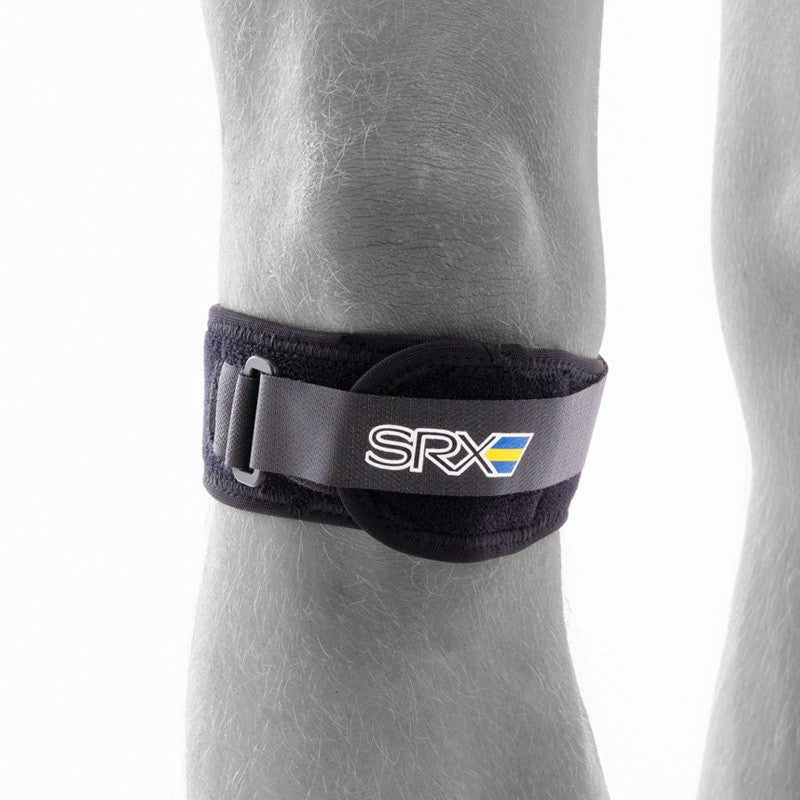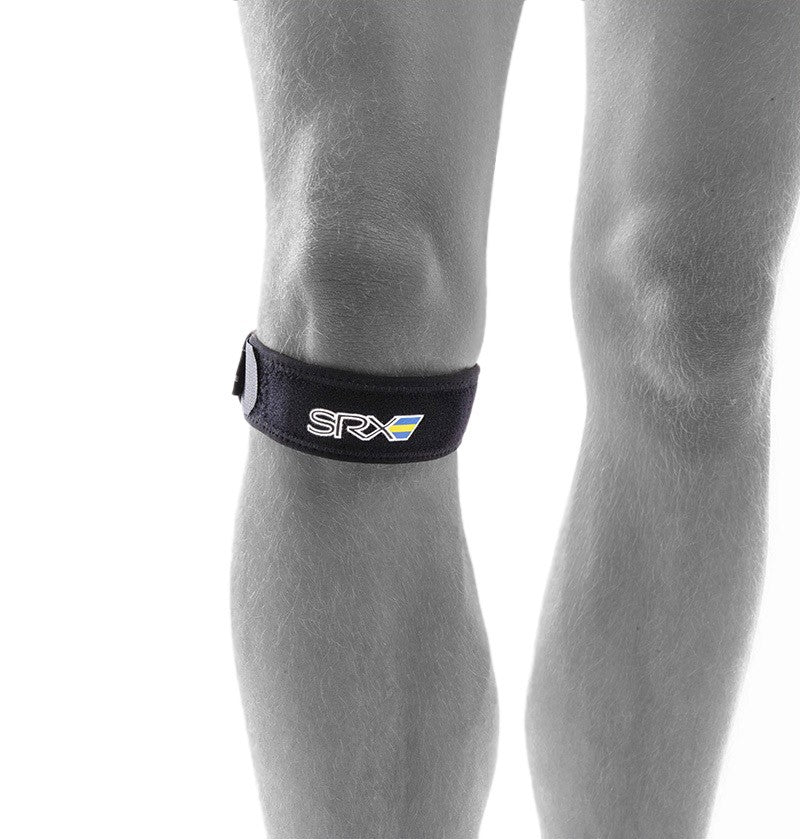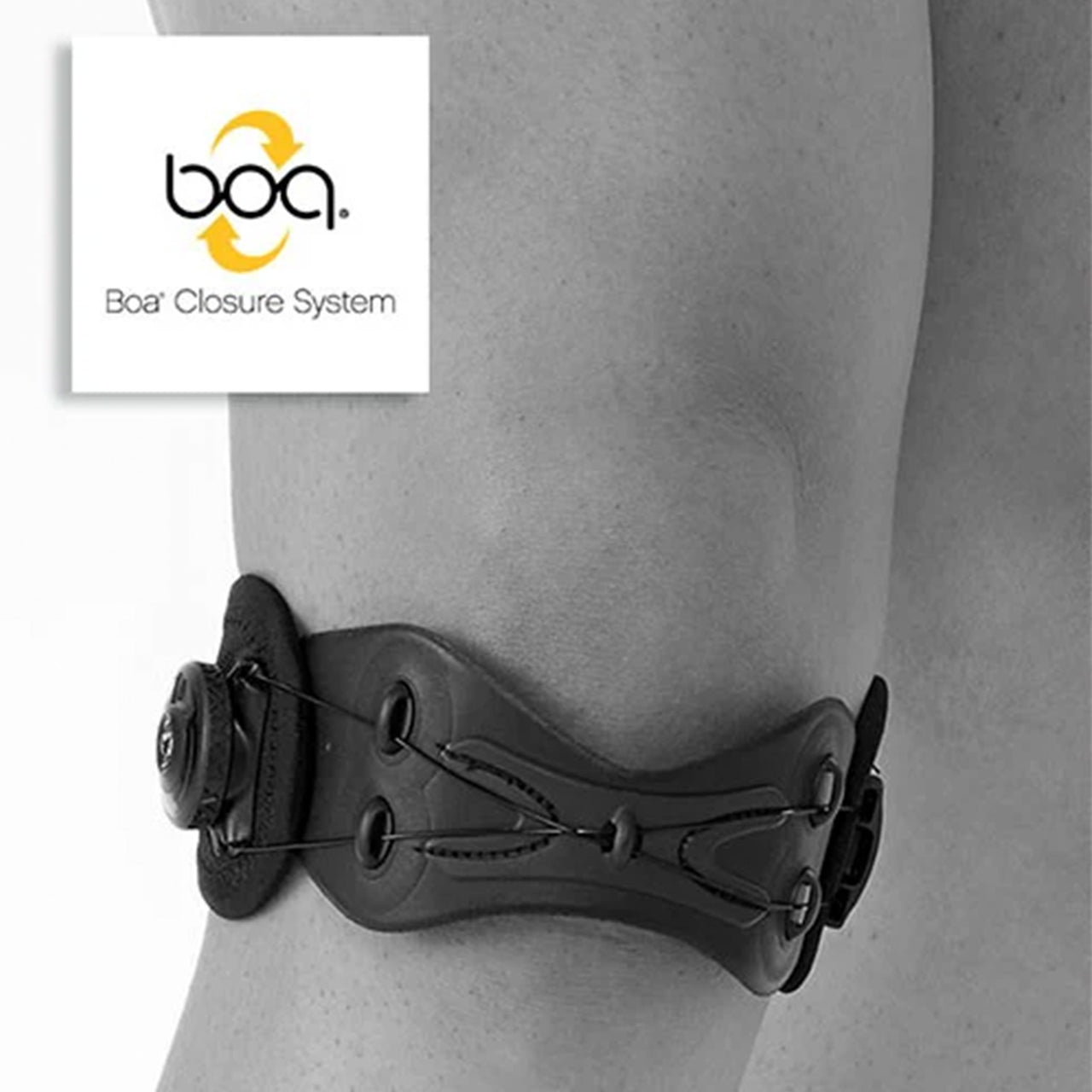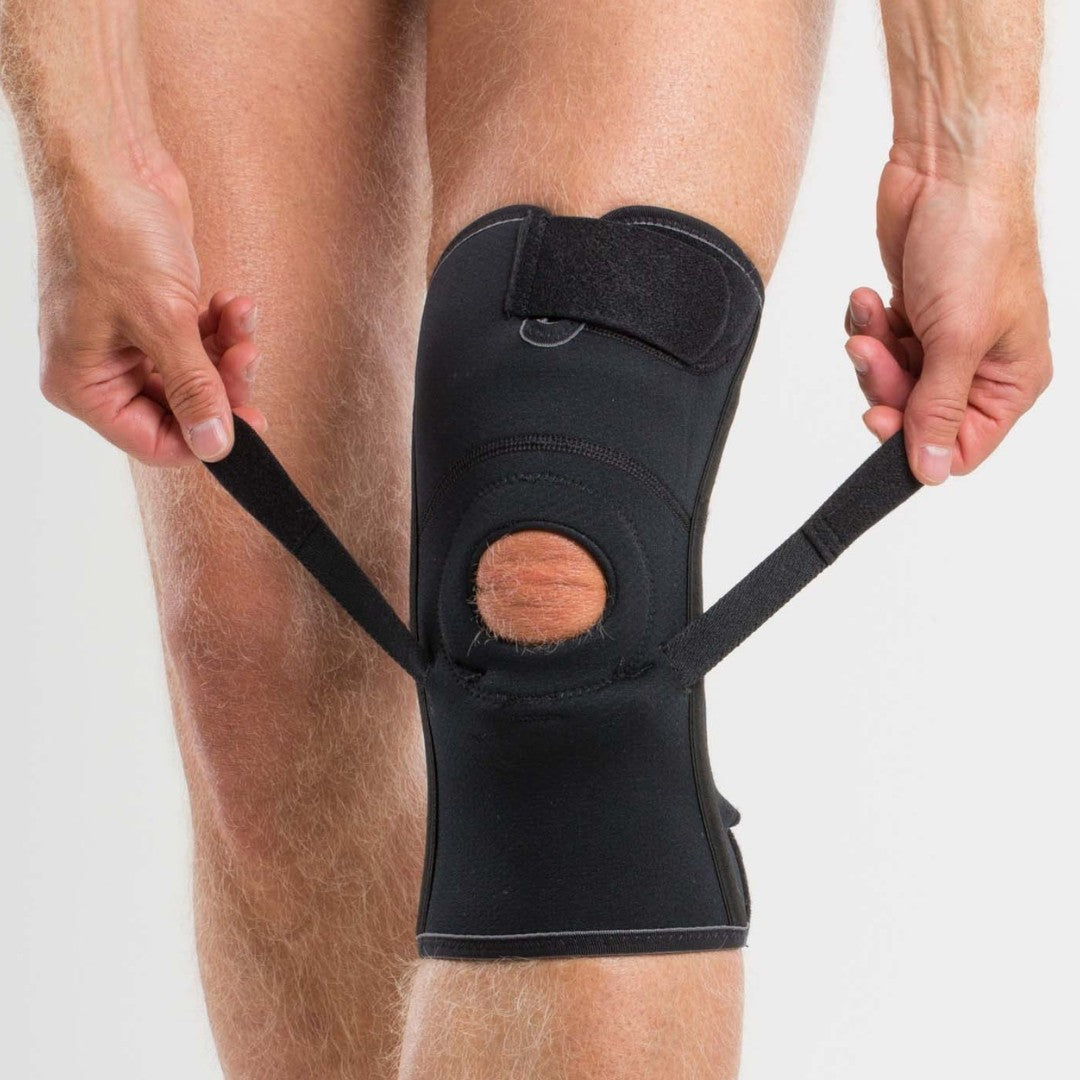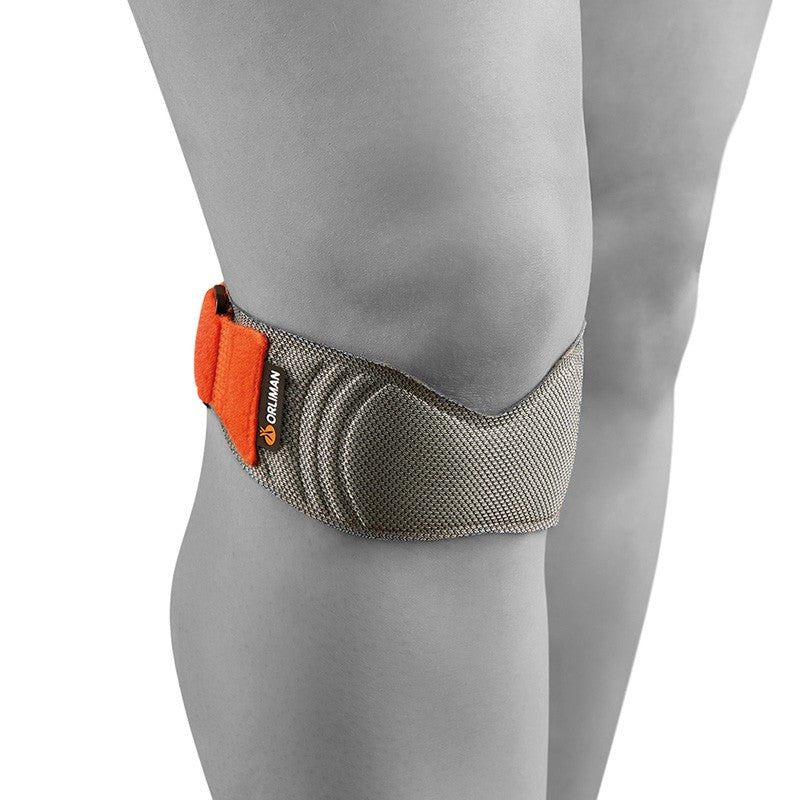Jumper's knee is a sports injury that often affects people who play explosive sports such as volleyball, basketball, football and track and field. The injury is caused by overloading the patellar tendon at the lower edge of the kneecap, leading to inflammation and pain. A knee brace in combination with rehabilitation training can be effective in relieving the discomfort.
What is hopping knee?
Jumper's knee is a rupture of the patellar tendon at the kneecap's attachment. This rupture leads to local bleeding and inflammation, which causes pain over the lower edge of the kneecap (apex patella). The condition is common with repeated jumping and explosive movements where the anterior thigh muscle is intensely activated.
Common causes & risk factors
Jumper's knee often develops due to repeated and heavy loads from jumping and landing. Sports such as volleyball, basketball and track and field pose a high risk, but football and weightlifting can also trigger the problem. Lack of recovery, over-training or muscular imbalance between the front and back of the thigh also increase the risk of jumper's knee.
Symptom
- Pain at the lower edge of the kneecap, often evident when pressed
- Stiffness and increased pain with activity, especially when jumping, climbing stairs, or running uphill
- Pain and stiffness after activity or sitting still
-
Sometimes startup problems after rest or sleep
When should you seek medical attention?
If the pain persists despite rest and self-care or if it worsens with activity, you should contact a physiotherapist or doctor for examination and an individual treatment program.
Recommended protection & support
Special knee pads with pads are placed under the lower edge of the kneecap to relieve the tendon attachment. They provide pain relief during activity and make it possible to train with less discomfort. In combination with stretching of the front and back of the thigh and adapted rehabilitation training, the pads can speed up recovery and reduce the risk of long-term problems.

